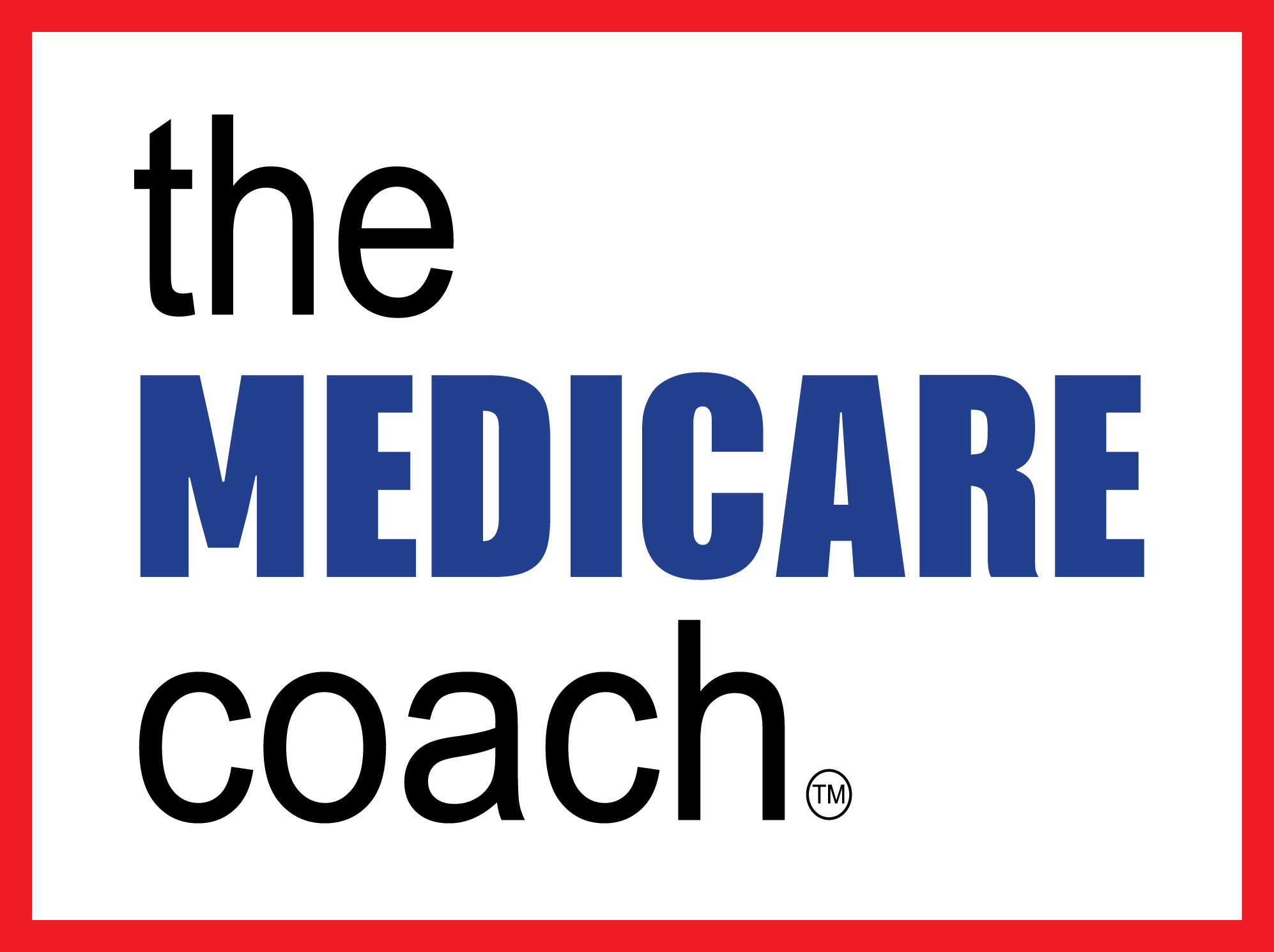Original Medicare pays first dollar coverage of about 80 percent of the approved amount for most services and leaves about a 20 percent GAP which is owed by the patient for costs not covered like copayments, coinsurance and deductibles.
Medigap, also referred to as Medicare Supplement insurance, is sold by private companies that pay for some of these costs not covered by Medicare. You must be enrolled in Part A and B of Medicare to purchase a Medigap plan.
The Medicare Advantage private program does not allow the purchase of a Medigap plan since the Federal government permits private insurers to deliver Medicare benefits under one plan administered by the insurance provider.
Medigap plans are standardized into ten different plans labeled A through N. Each plan provides its own set of benefits but whatever plan you choose all the benefits in that particular plan are exactly the same but there is a wide range of premium charges among the insurance companies offering these same benefits.
Some states like Kansas offer a Medigap policy called Medicare Select with a lower premium in exchange for using specific hospitals in non-emergency situations.
Since Medigap is private insurance and not government sponsored, the rules governing the sale and offerings can vary from state to state. In Massachusetts, Minnesota and Wisconsin, Medigap policies are standardized in a different way.
Under federal law, insurers are not required to sell Medigap policies to people under age 65 (typically those who qualify for Medicare under disability rules), and even if they do they may use medical screening or charge much higher premiums.
Some employers may offer Medigap policies as a retiree benefit.
Congress passed the bill H.R. 2 on April 14, 2015, which will eliminate plans that cover the part B deductible for new Medicare beneficiaries starting January 1, 2020. The only two plans that currently cover the part B deductible are plans F and C. Members of Congress who strongly favored passage of this change believe more Medicare members should have some “skin in the game” by requiring payment of the Part B deductible which Congress intends to increase during the next several years believing this change with some out of pocket by all insureds with Medigap plans after 2020 will save Medicare money.
Medicare members who already have supplement plans C and F may keep them, but no new plans of this type will be sold after January 1, 2020. Closing two blocks of supplement insurance business like plans C and F in 2020 could have undesirable premium increase risks for those remaining in these plans.
The best time to buy a Medigap plan is three months prior to your age 65 entry month into Medicare, or at least two months prior to the date you plan to leave a group health insurance program if you continue working beyond age 65.
Picking the wrong company and the wrong Medigap plan can be costly. It is important to use an independent advisor who can survey all the plans and explain the difference between attained age, issue age, and community rated plans before you make your decision.
Everyone in Original Medicare should purchase a Medigap plan in the event of a serious and prolonged health episode where costs could exceed $300,000 or more. Trying to pay the 20 percent co pay without coverage under these circumstances could create catastrophic consequences for the patient and family members.
Coach


